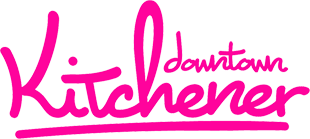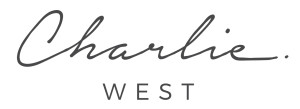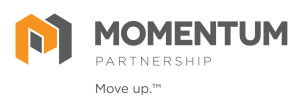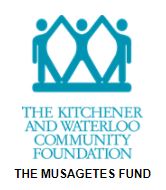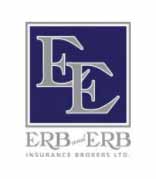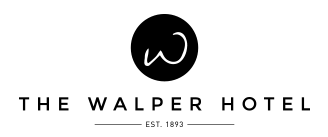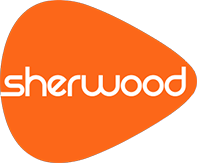We’re excited to present conversations with Night\Shift 2017 participating artists. Go behind the scenes with three-time festival contributor Susan Coolen .
\\ \\ \\
SUSAN COOLEN IS NO STRANGER TO NIGHT\SHIFT. The multi-disciplinary artist presented psychedelic, 1960s-styled circles in 2015 with GROOVY, and the colourful ceiling installation of NEON/WOOD in 2014, both in collaboration with her friends at Bread Heads . Coolen has explored materials and ideas that run the gamut from roadkill to tree stumps to litter.
We asked her to tell us more about this year’s offering, P(athways) U(undulate) D(elightedly so that) D(owntown) L(anes are) E(nergized) S(upremely).
Susan! What does your piece P.U.D.D.L.E.S. offer Night\Shift festival goers this year?
My P.U.D.D.L.E.S are, at their simplest level, an offering of visual delight. At first glance some of the pieces are colourful soft-sculpture objects, plopped within and around the urban spaces of the Night\Shift events. You could say they sit blithely unaware of their own incongruous nature as stuffed puddles. Throughout the same urban landscape are other colourful puddle forms. These flattened, coloured surfaces are what I call puddle pathways, and they are meant to connect the dots for festival-goers… provide a visual wayfinding path to various venues.
Why do you do what you do?
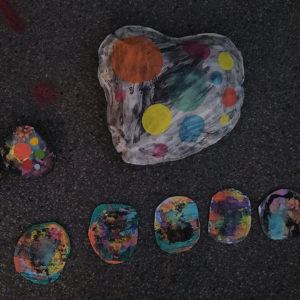 As a contemporary visual artist and previously a graphic designer, I am constantly responding to a kind of interface between the world as I experience it, what catches and sparks my interest, and how to visually express my responses.
As a contemporary visual artist and previously a graphic designer, I am constantly responding to a kind of interface between the world as I experience it, what catches and sparks my interest, and how to visually express my responses.
As I often say, “I am looking, always looking.” But I am also thinking and percolating and making connections in myriads of ways. I do what I do because it completely engages me visually and intellectually. One’s thinking never stops, and new observations shift previous thinking. The visual work that is constantly produced just barely scratches the surface of all the ponderings and research that goes on in my mind and in my studio, and so it creates a vital drive to not only visually explore, but to find new challenging ways to make that visual work.
Often the work itself seems simply made but this belies the true thought process and activity involved. So in a way, I am delightedly never satisfied and at the same time, find that something unexpected happens and leads me on to more explorations.
How does your background in photography and graphic design impact your process in making sculptures?
My backgrounds in photography and in graphic design have a way of circling around and around what I do. Darkroom photography has disappeared as I know it, and in a way, this has allowed me to bring new materials and methods to my art practice. So in my studio, I may work with any material at all: paper, cardboard, clay, inks, house paint, video-animation or sound.
I often use the scanner as a ‘surrogate camera’ to make images of objects or surfaces that I am graphically intrigued by. And I document my many walks, both as a reminder of something I respond to or to record something that is visually compelling.
In the case of the P.U.D.D.L.E.S., early photographic work on them came somewhat out of a re sponse to the graphic surfaces of pooling water. Photography allows me to record, document and build up a resource of images that I can return to and reinterpret in some other medium. And I often make book works from photographic documentation, as I find is useful to have my own library-archive on the hidden underpinnings of my interests and works. They can be very interesting book works on their own but they are also the invisible threads that link many seemingly disparate bodies of work together in unexpected ways.
How has the landscape of Downtown Kitchener inspired this piece?
The landscape of downtown Kitchener has definitely inspired this piece. Initially it was my 2013 artist-in-residence project ‘ The LITTER-ARTI Project ’ with the City of Kitchener that led to extensive traipsing in likely and unlikely areas of urban space. That project fed my litter-collecting collecting urges and introduced me to new zones, such as the snow-dumping grounds on desolate city lands. It was here that I began a new (and as yet unseen) project documenting the snow pile meltdowns and the leftover debris.
Within the last year and a half I have also worked as a Downtown Ambassador (for the BIA ) in Kitchener, during the height of the LRT construction phase. This job at that time entailed a lot of attention to monitoring pedestrian traffic throughways during the major digging up of city streets. And the laneways were often used as alternate routes, opening up a whole new realm of walkways and also hidden little spaces. As an artist I absorbed the temporary physical transformation of normally paved city streets and made note of the ravages of back lanes, laneways and unused zones.
Those were introductions to some of the ephemeral pooling of water that I am now drawn to work with. I have been working on a growing photographic documentation of what I call ‘interventions,’ where I now go out into these urban landscapes and photograph an event. In the case of P.U.D.D.L.E.S., I have been visiting and revisiting small accumulations of pooling water in the city’s laneways and industrial lands. Here I will, for example, float colourful items on the water surfaces, or pour colourful liquids into water, then photograph them for book works. I return to those abandoned areas again and again, after most rainfalls, and I return to see what happens to my interventions when the puddles evaporate. I am both fascinated by the various way water gathers, and also by the freedom to just play in some way, take an impression and then return to the studio with artistic energy and urges.
It is important to me that I follow the same responsive and exploratory process back in the studio. It is here that I can take the puddles project in new directions: casting clay puddles as objects and then painting them with graphic surface colours, or making sewn puddle soft-sculpture objects out of canvas.
This is where I ask myself: Well, what IS a puddle, and how can I make it, or visualize it?
What happens when I make many puddles and put them in urban spaces? Where does the notion of a graphic iconography of puddle begin? How do I make that puddle ‘come alive’ in an art event such as Night\Shift?
What I love about being an artist is that I am actually unsure as to how a particular piece will evolve, but I am interested in just bringing my ideas about it to fruition. Night\Shift becomes a wonderful opportunity to place my ideas about puddles into a public art context. It is a place to see what a piece(s) looks like and it provides that spirit of artistic connectivity in that my work is able to float and fluctuate with all of the other artistic and creative events that are going on, as a kind of engaged organic group entity infused by the energies of the people who have come to participate in Night\Shift.”
\\ \\ \\
Susan Coolen’s NIGHT\SHIFT playful installations can be found on opening night Thursday starting at 7pm @ Open Sesame \\ Friday starting at 5pm @ KWAG \\ and Saturday at a shower of DTK locations. Check out all of this year’s NIGHT\SHIFT programming on the 2017 events listing page.
P.U.D.D.L.E.S.
These trails, clusters and outbursts of psychedelic soft sculpture are breadcrumbs from a long-term project by artist Susan Coolen, which aims to recast natural, urban and industrial puddles found in downtown laneways, city lands and other properties. P.U.D.D.L.E.S. blends grit with beauty as it explores the biomorphic shapes of pooling water and the myriad surface colours and reflections. More >>





